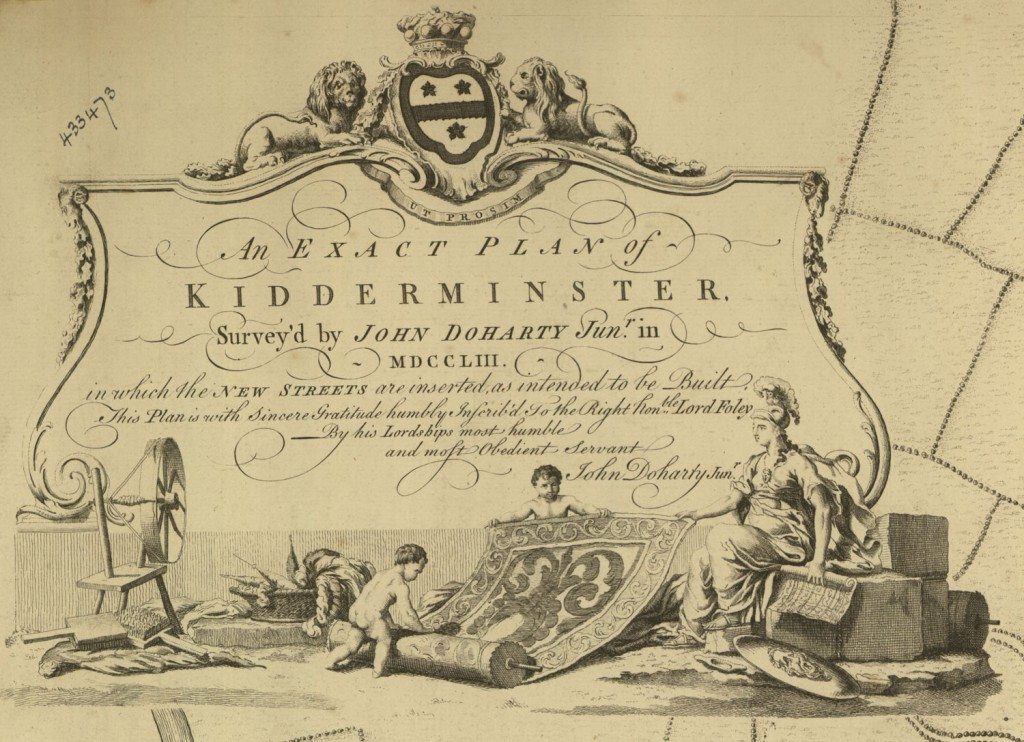The Origins of Carpet Making in Kidderminster
Image: Cartouche from John Doharty’s Plan of Kidderminster of 1753. The image displays the importance of carpet making in the town by the mid 18th century.
Image from: Local Studies and History, Birmingham Central Library.
Lord Foley, lord of the manor of Kidderminster, recognised the need for new housing for the carpet weavers who were now flocking to work in the town in the mid-18th century, and the potential of extra rental revenue for himself. Kidderminster became synonymous with carpet weaving. In 1753, John Doharty’s 1753 Plan or map of Kidderminster showed some 150 new houses, neatly laid out in courts, along with two buildings clearly marked as “Carpet Halls”. These can be identified as the first two carpet factories of any size, leased jointly by John Broom and John Pearsall. By 1758, these two buildings contained thirty-two looms between them4 . In 1788, the traveller John Byng described Kidderminster as flourishing, with a great demand for its products, meaning carpets, both at home and abroad5.
4 Gilbert, C.D, Kidderminster’s Early Carpet Industry, Transactions Worcestershire Archaeological Society, 1990, p.220
5 Ibid, p. 9
Continue browsing this section
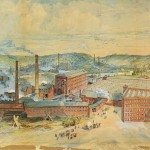 Made in Kidderminster: the History of the Carpet Industry
Made in Kidderminster: the History of the Carpet Industry
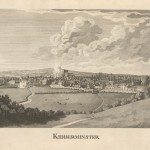 The Origins of Carpet Making in Kidderminster
The Origins of Carpet Making in Kidderminster
 The Origins of Carpet Making in Kidderminster
The Origins of Carpet Making in Kidderminster
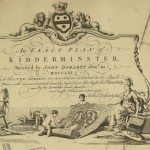 The Origins of Carpet Making in Kidderminster
The Origins of Carpet Making in Kidderminster
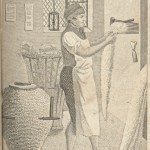 Handloom Weaving
Handloom Weaving
 The Factory System
The Factory System
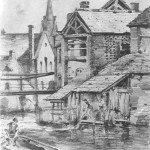 Washing and Winding
Washing and Winding
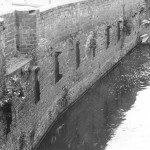 Washing and Winding
Washing and Winding
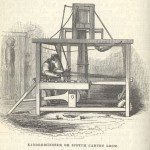 Technological Changes: the Scotch Loom
Technological Changes: the Scotch Loom
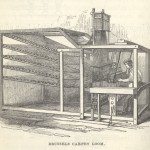 Technological Changes: the Brussels Loom
Technological Changes: the Brussels Loom
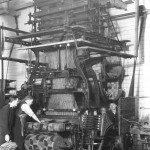 Technological Changes: the Jacquard Loom
Technological Changes: the Jacquard Loom
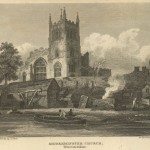 The Kidderminster Carpet Industry and the Wider World
The Kidderminster Carpet Industry and the Wider World
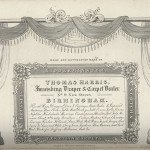 The Kidderminster Carpet Industry and the Wider World
The Kidderminster Carpet Industry and the Wider World
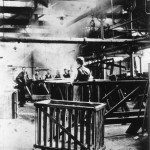 Working Conditions in Kidderminster Carpet Factories
Working Conditions in Kidderminster Carpet Factories
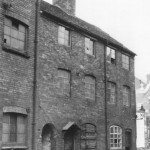 The Great Strike of 1828
The Great Strike of 1828
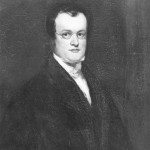 The Aftermath of the Great Strike of 1828
The Aftermath of the Great Strike of 1828
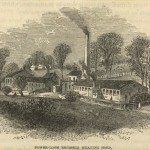 Kidderminster in the mid 19th Century
Kidderminster in the mid 19th Century
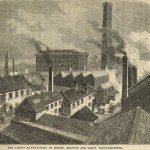 Kidderminster: the Factory Town
Kidderminster: the Factory Town



